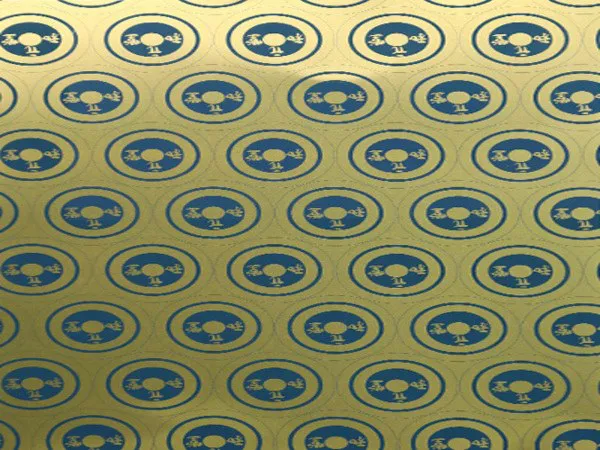2025-03-03 07:36:39
The importance of aluminum sheets in the construction industry stems from their unique physical and chemical properties as well as their diverse application advantages, making them an indispensable material in modern architectural design. In this paper, we will analyze the reasons why aluminum sheets are extremely critical in the construction industry.
1. Lightweight and high strength, saving structural costs Lightweight: the density of aluminum is only 1/3 of that of steel, which significantly reduces the overall load of the building, especially suitable for high-rise buildings and large-span structures (such as gymnasiums, airport terminals), which reduces the cost of foundations and support structures. High strength: through alloying treatment (such as adding magnesium, silicon), the strength of aluminum plate is close to that of steel, while remaining lightweight, suitable for curtain walls, roofs and other parts of the load-bearing requirements of higher
2. Excellent corrosion resistance: aluminum surface naturally forms a dense oxide film, resistant to moisture, salt spray, acid rain and other corrosion, life expectancy of up to 30 years or more, far better than ordinary steel. Suitable for seaside cities, industrial areas and other harsh environments, reducing maintenance frequency and long-term costs.
3. Plasticity and design freedom: processing flexibility: aluminum plate can be easily stamped, bent and welded to achieve complex curved surface modeling (such as streamlined facades, shaped roofs), to meet the needs of modern architectural aesthetics. Various surface treatments: anodic oxidation, fluorocarbon spraying, wood grain transfer printing and other technologies give aluminum panels rich colors and textures (such as metallic luster, imitation stone, imitation wood), to enhance architectural expressiveness.

4. Energy saving, environmental protection and sustainability: heat reflection and insulation: aluminum panels can be paired with an insulation layer or hollow structure, effectively reflecting the sun's heat and reducing the building's energy consumption (e.g. commonly used in LEED-certified projects). 100% recyclable: aluminum recycling consumes only 5% of the energy used in primary aluminum production and does not degrade in performance, which is in line with the concept of green building (e.g. BREEAM standard).
5. Fast installation and low maintenance: Modular construction: Aluminum panels are often produced in prefabricated units, making on-site installation easy and shortening the construction period (e.g. modular curtain walls). Maintenance-free characteristics: surface coating technology (e.g. PVDF) UV resistance, pollution resistance, long-term aesthetics, reducing cleaning and maintenance costs.
6. Fire and safety performance: aluminum is a non-combustible material (class a fire), does not release toxic gases in case of fire, in line with the fire code for high-rise buildings. High-strength aluminum composite panels (such as aluminum honeycomb panels) and impact resistance, suitable for high-traffic areas of the walls and ceilings.
7. Multi-functional integrated applications: building envelope systems: curtain walls, roof panels, canopies, etc. Functional integration: photovoltaic aluminum panels (BIPV) combined with solar power generation, intelligent curtain wall integrated ventilation, sunshade system. Interior decoration: ceiling, partition, elevator interior, taking into account the aesthetics and durability.
In summary, aluminum sheets have become an important material for promoting modern architectural innovation and sustainable development by virtue of its comprehensive advantages of lightweight and durability, design flexibility, environmental protection and economy.